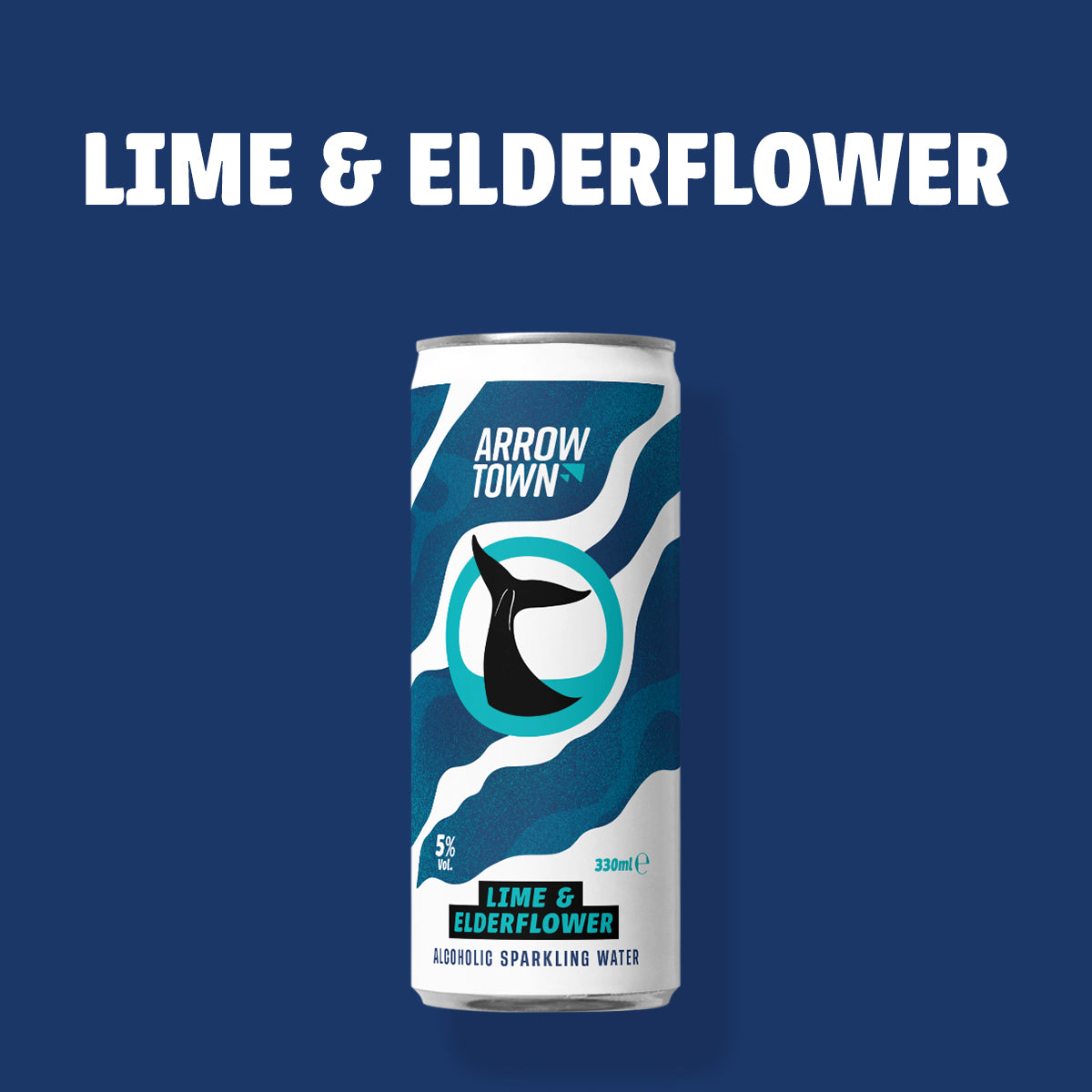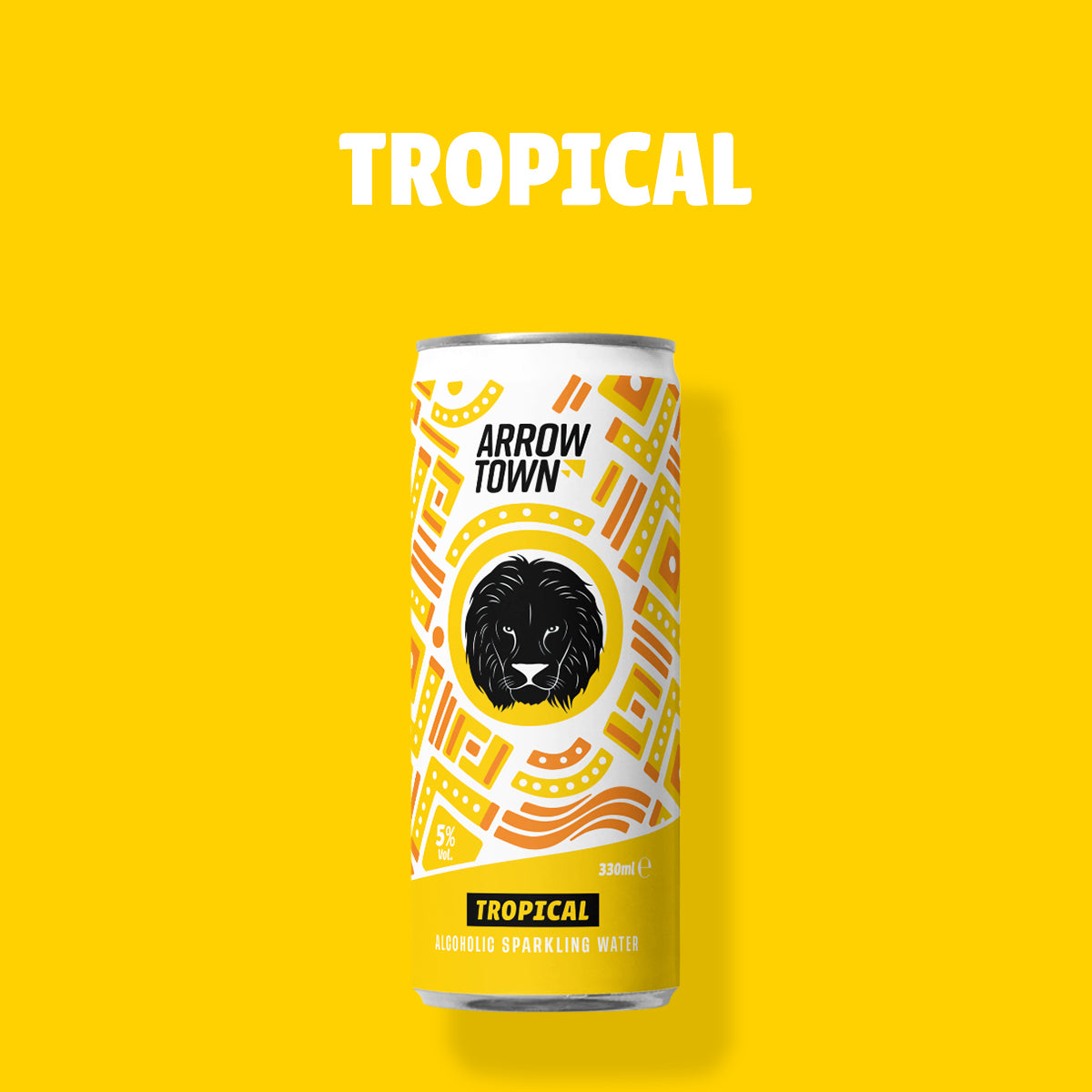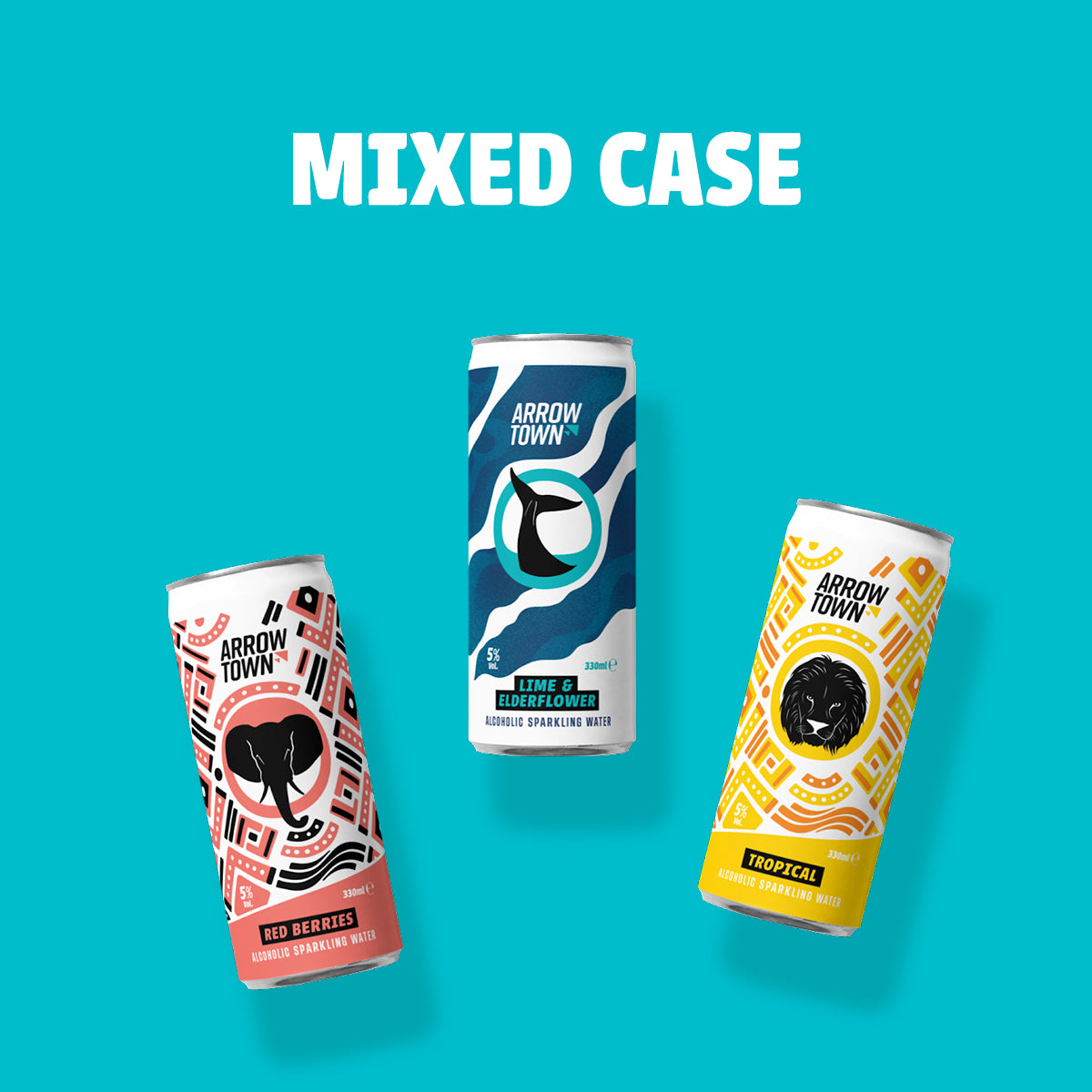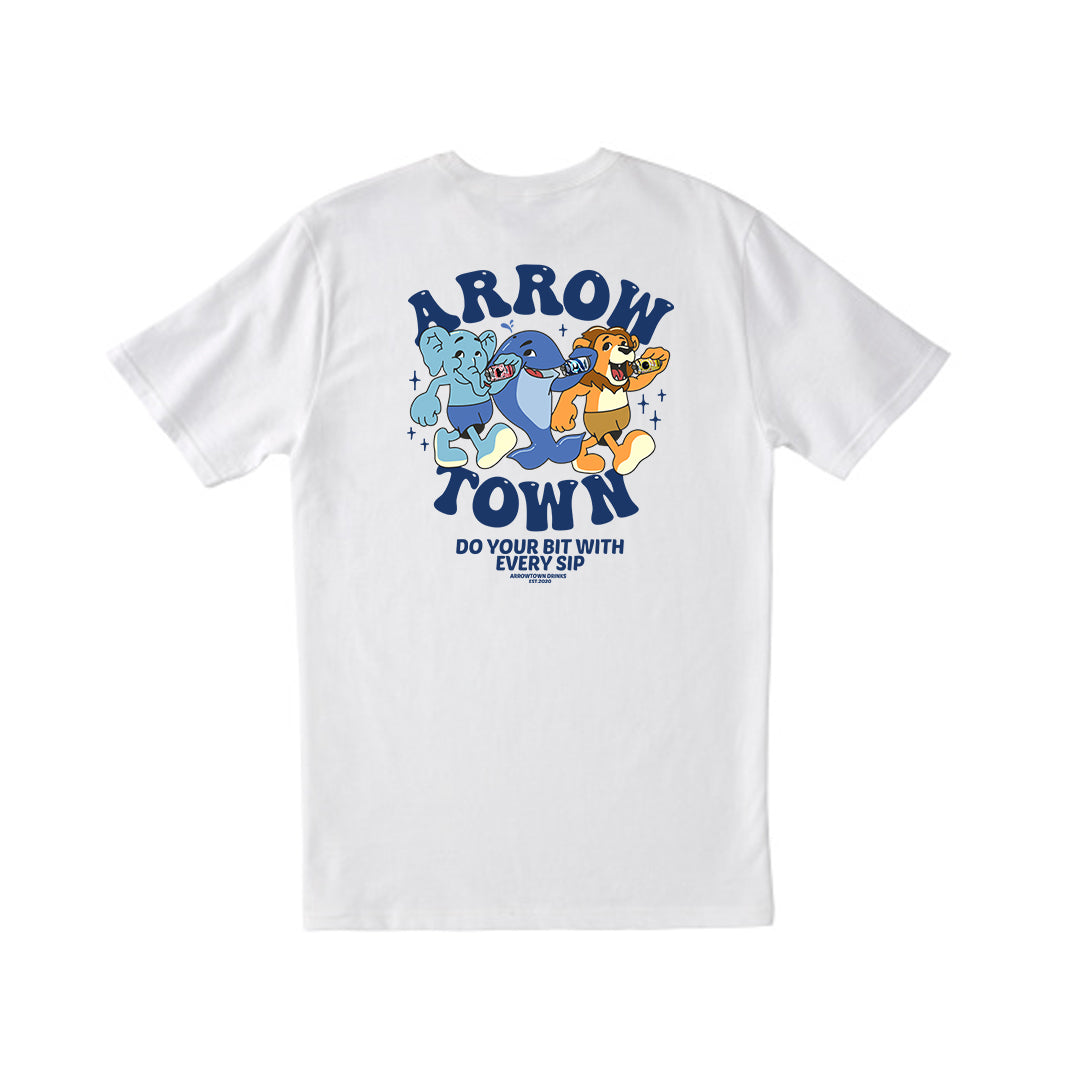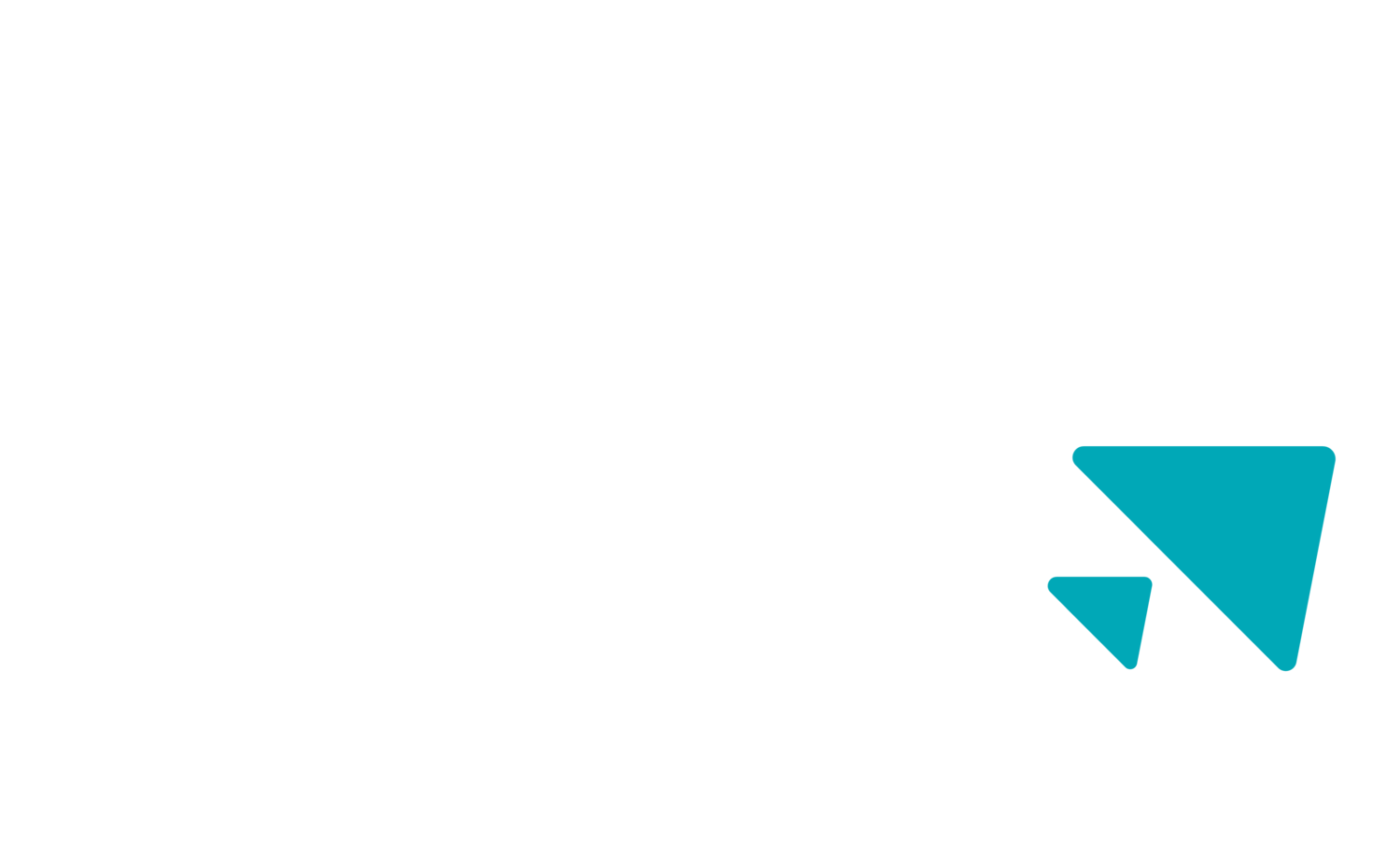
Tanya Houppermans Guest Blog

In this blog we’re delighted to have Tanya Houppermans, a marine conservation jack of all trades, to share her stories about what she’s doing to save our wildlife. Tanya is an award-winning photographer, scientific diver and shark naturalist operating at the forefront of marine conservation.

Please introduce yourself and provide an overview of your work:
My name is Tanya Houppermans, and I am an underwater photographer/videographer and shark naturalist. Although I photograph a variety of subjects underwater, my favorite by far is sharks. I am involved in shark research, particularly sand tiger sharks off North Carolina, USA. My research of sand tigers was highlighted on National Geographic television, and my shark images have also been published in the print edition of National Geographic as well. In addition, I conduct speaking engagements around the world where I talk about sharks, conservation, and underwater image making.
How did you come to work in marine wildlife?
I came into this career in a very roundabout way. I was actually a mathematician with the U.S. Department of Defense, and then I worked in the corporate world as a research operations analyst. In 2009 I started scuba diving, and shortly thereafter I became fascinated by sharks. I was horrified when I learned about shark finning, which is where sharks are caught, and then their fins are sliced off to be used in shark fin soup. The shark is then dumped overboard since the meat is not as valuable as the fins, and the shark slowly suffocates since it cannot swim to breathe. I wanted to do something to help sharks, so in 2014 I decided to start photographing them so that hopefully these images would help inspire the public to care about them. I knew nothing about photography at the time, but surprisingly it was something that came naturally to me. By early 2015 I had won my first awards, and in the summer of 2015 I left my old career behind to pursue underwater image making full time, which was a good move since I was very unhappy in the corporate world. Since then my career has evolved to include more work in research, which was a natural progression considering my math and science background.

What is it about marine wildlife that is special to you?
There’s something about seeing sharks, dolphins, turtles, rays, and the rest of the incredible variety of wildlife in the ocean that is transformative. As a diver, I get to spend time in this environment where humans aren’t meant to survive, and see these amazing animals close up. But along with all of the breathtakingly beautiful things I’ve observed underwater, there’s rarely a dive where I don’t see the negative impact of humans, whether it’s a hook in a shark’s mouth, or discarded fishing nets that trap and kills animals, or litter on the sea floor. Having spent so much time in their world, I feel very protective of marine animals. I hope that my images will stop and make people think about what’s at stake and motivate them to want to protect the ocean and its inhabitants.
As a photographer, diver and explorer, it’s safe to say you’re a jack of all trades. Is there any part of your work that you particularly love?
There are so many aspects of my job that I enjoy, but the one that brings me the most fulfillment is contributing to shark research. I’ve had the honor of working with some of the most accomplished shark scientists in the world, and it’s always a thrill to be on and in the water conducting fieldwork.
You’ve won awards for some of your photography work, but what is your favourite photograph you’ve taken?
It’s difficult to choose which photo is my favorite, but I think it would have to be an image I titled ‘Harmony’ which shows the underside of a sand tiger shark surrounded by mackerel scad (shown below). I took that shot off the coast of North Carolina while diving the wreck of the Caribsea, which is a freighter that was sunk by a German U-boat during World War II. There was a massive baitball of mackerel scad above the wreck that day – the largest I have ever seen. Sand tigers were slowly swimming in and out of the baitball. I swam close enough to where the baitball enveloped me, and then I suddenly saw a sand tiger appear above me. I rolled on to my back, only about 3 feet underneath her, and began shooting as I was swimming with her. Thankfully there were no scad between us, or the shot wouldn’t have worked nearly as well. That image went on to win several awards, which I am very grateful for.

What are you most proud of from your career in conservation?
I’m definitely most proud of my contributions to shark science and the recent discoveries I have made in sand tiger shark research. For many years, conventional scientific wisdom was that sand tigers off North Carolina were giving birth in the spring months close to shore. But based on my observations from diving with sand tigers for over 10 years, I didn’t think this was the case. I believed that sand tigers were also giving birth in other times of year, and also farther offshore. In January 2022 I teamed up with my good friend and colleague Dr. James Sulikowski, who is one of the world’s foremost shark reproduction experts. We co-led an expedition off North Carolina where we were able to catch a pregnant sand tiger shark and insert a special kind of tag in her uterus that would be expelled when she gave birth. That tag would then signal to a satellite that would let us know when and where the birth took place. As it turns out, she gave birth that same month around 25 miles offshore, thereby proving my hypothesis correct. It is critical to know where sharks are giving birth so that we can do what we can to protect these areas.
What do you think is currently the biggest threat to marine conservation?
I think one of the biggest threats is habitat degradation. Humans are making more and more of our seas unlivable for marine animals. This includes pollution in many forms including plastic pollution (both large and microplastics), along with overfishing, ocean acidification, destroying coral reefs, etc. There is no one solution to this problem. It is going to take a multi-faceted approach from millions of people all around the world. Thankfully we live in a time where environmental issues are gaining more attention and the public is taking more action, so I do think progress is being made. But there is still so much more work to do.
If you had one piece of advice for someone looking to get involved in marine conservation, what would it be?
I think that many people want to help, but they don’t know where to begin and can get overwhelmed with the sheer number of marine conservation issues that need addressing. So here’s my advice: What issue or animal are you passionate about? This can help to narrow your focus. Do you love manatees? There are several wonderful manatee conservation organizations out there that can use volunteers or fundraising. Are you concerned about plastics in the ocean? Organize a beach clean-up, or create recycling programmes in your area. You don’t even need to live close to the ocean to help. When I decided I wanted to help save sharks, I ran a marathon and raised $1000 for a shark conservation organization. So figure out what really matters to you, and make that your area of focus. You can’t do it all. But if each person did a little, imagine the progress we could make!
What does the future hold for yourself?
There are so many things I still want to do… I think I would need a few more lifetimes to do it all! First, I want to continue in shark research, especially with the sand tiger sharks off North Carolina. New groundbreaking technologies in shark science are allowing us to do more than we ever thought possible even a few years ago, and I love being a part of that. I also want to be able to study and photograph/film sharks in more extreme environments such as Greenland sharks in the Arctic. But I also don’t want to limit myself to sharks. I had the opportunity to photograph crocodiles in Cuba a few years ago, and after working with sharks and crocodiles my interest has really piqued in documenting marine apex predators. I would jump at the chance to get in the water to photograph orcas, leopard seals, and yes even polar bears! I don’t know exactly what the future holds, but that’s one of the things that makes this career so exciting… I never know where on the planet I may end up!
Read more about Tanya's amazing work here!
